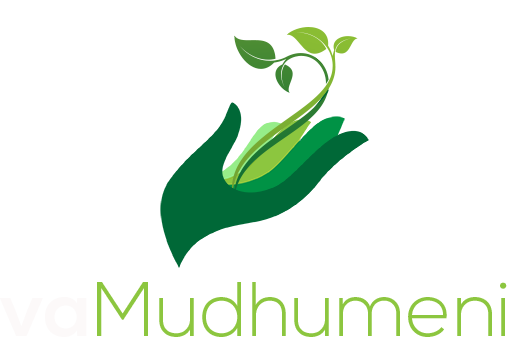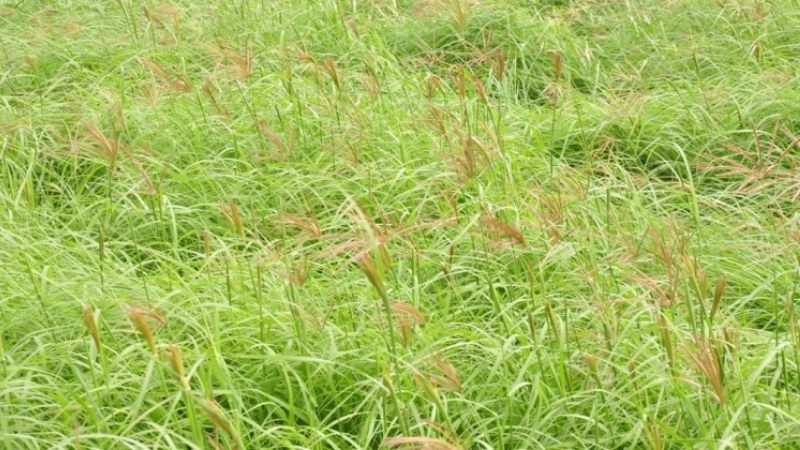By Lynette Simango
Katambora grass is a summer-growing, stoloniferous perennial, with going runners that provide good soil cover for erosion control. It is adapted to a wide range of soils, from infertile sands to fertile brigalow clay. Rhodes grass can be used as permanent pasture or a short- to medium-term pasture ley. It is also useful for erosion control by virtue of its spreading growth habit. It makes good hay if cut at or just before early flowering.
The advantage of growing this grass is that it is resistant to drought and water-logging. Yield per hectare is between18 to 25 tonnes per year and can grow up to 2 metres. Katambora can be used to make hay or allow the animals to graze. It can be given to different categories of animals such as sheeps, goats, cattle.
When you want to grow Katambora rhodes grass using conventional method, the field should be prepared and sown with good rains or irrigation. Weed pressure is huge when planting in the early summer months so it’s best to plant towards the end of summer with less weed pressure. The pasture will sit though winter and come away the following spring with very little weeds/grasses. The recommended planting rate is 15 -20kg per hectare.
As a rough guide on fertilizer application, you should aim to apply a minimum of 140-160 kgs/ha on sandy loam soils. Nitrogen; 30-60 kgs/ha Phosphate and 30-80 kgs/ha Potassium. Of course these figures need to be adjusted to suit soil type, soil sample results and previous cropping history. You should aim to apply basal application with land preparation just before sowing or when the pasture is at 5 cm. Topdressing should occur when the pasture is between 30 cm and 60 cm. If growing on weaker soils you might consider splitting the topdressing into two applications at 30 cm and 60 cm
respectively.
First graze/cut of Katambora grass can be done at 30cm height just to help the grass start to spread and send out deeper roots. Once the grass is fully established it can be cut or grazed as the flower heads start to form, to get the most protein content out of the crop. Thereafter every 30 days it should not be over grazed as recovery time will be longer.
You want to consider growing Katambora rhodes grass? I have got the right Seed plug for you. Let’s talk on +263784309730

